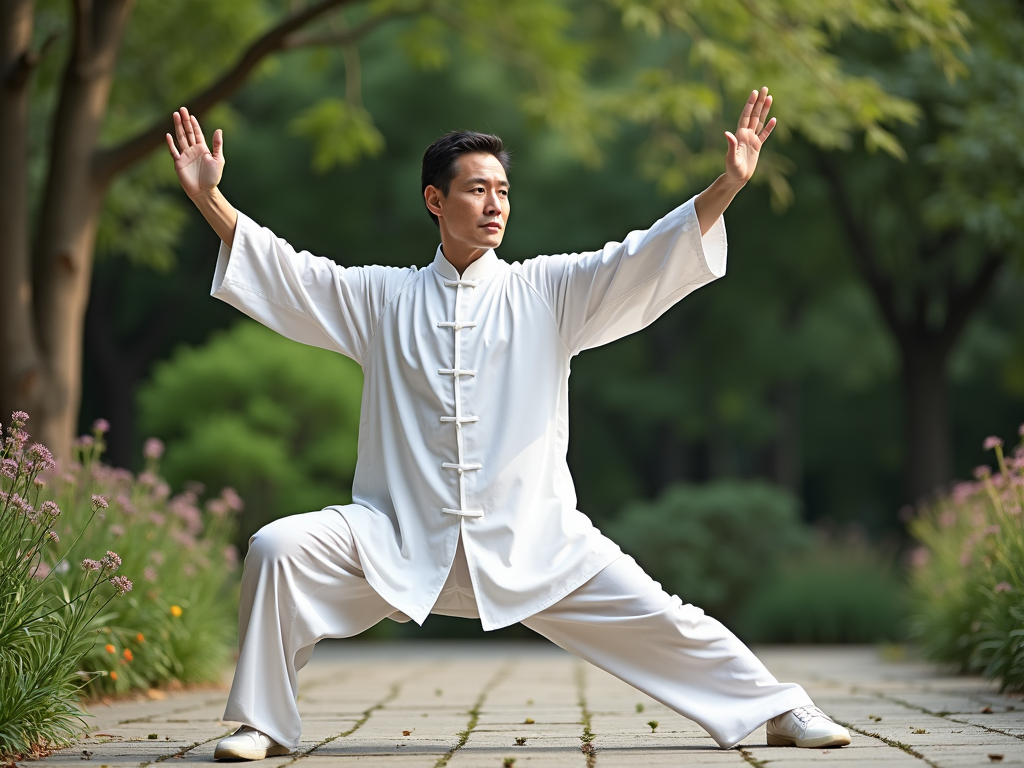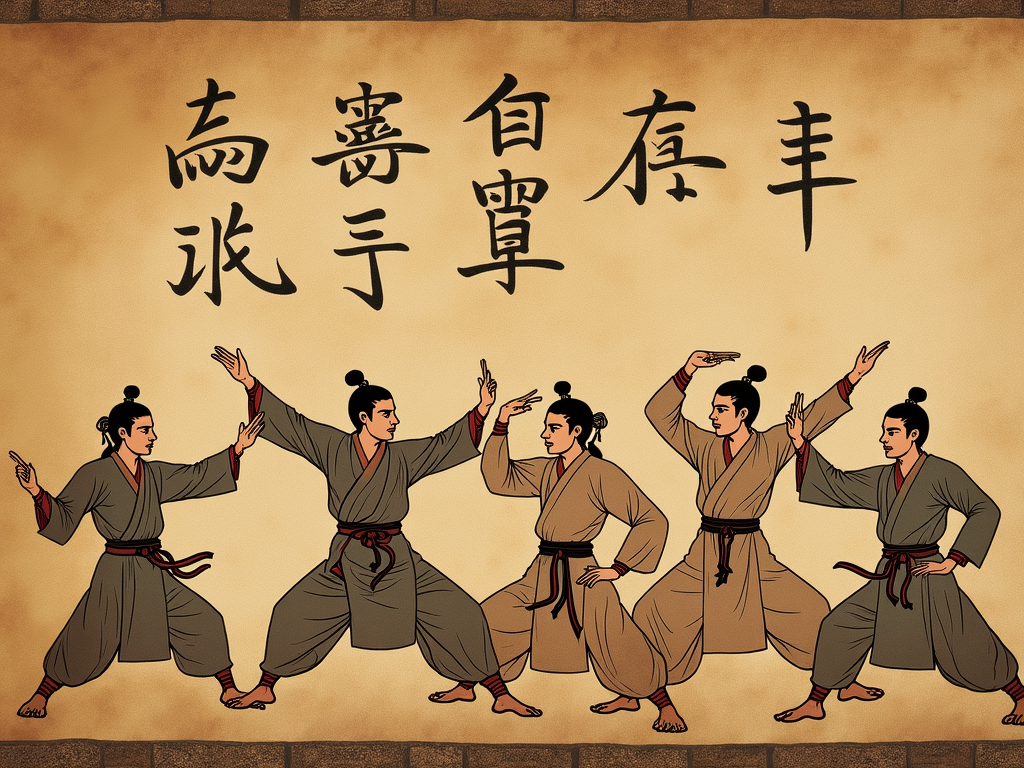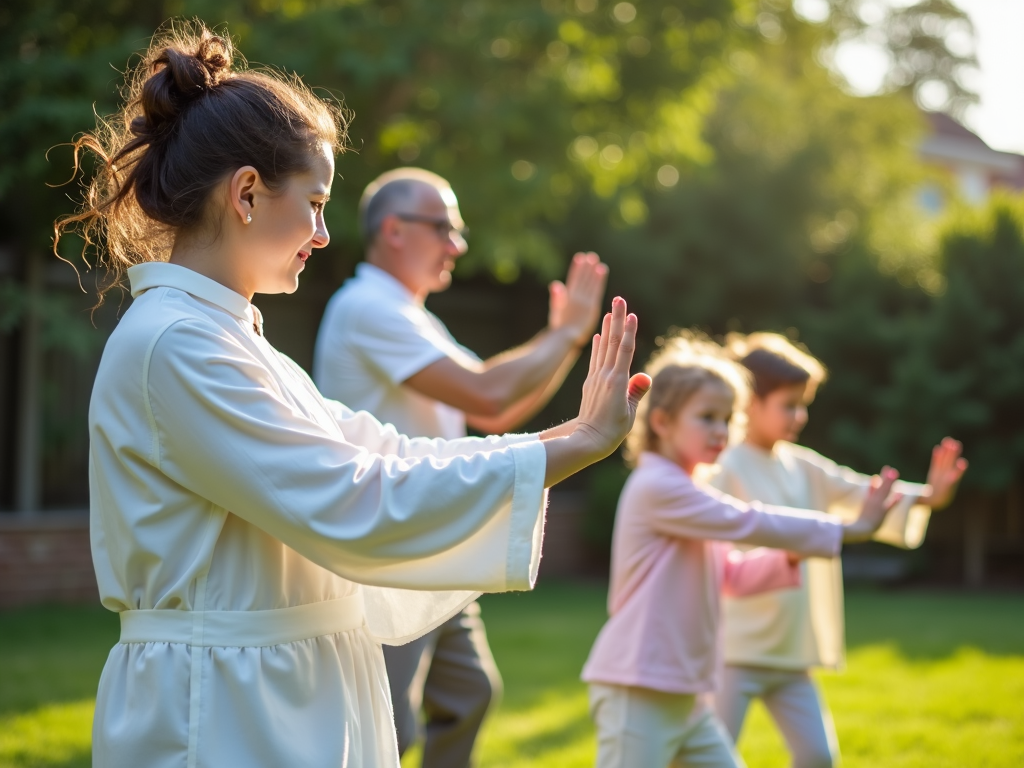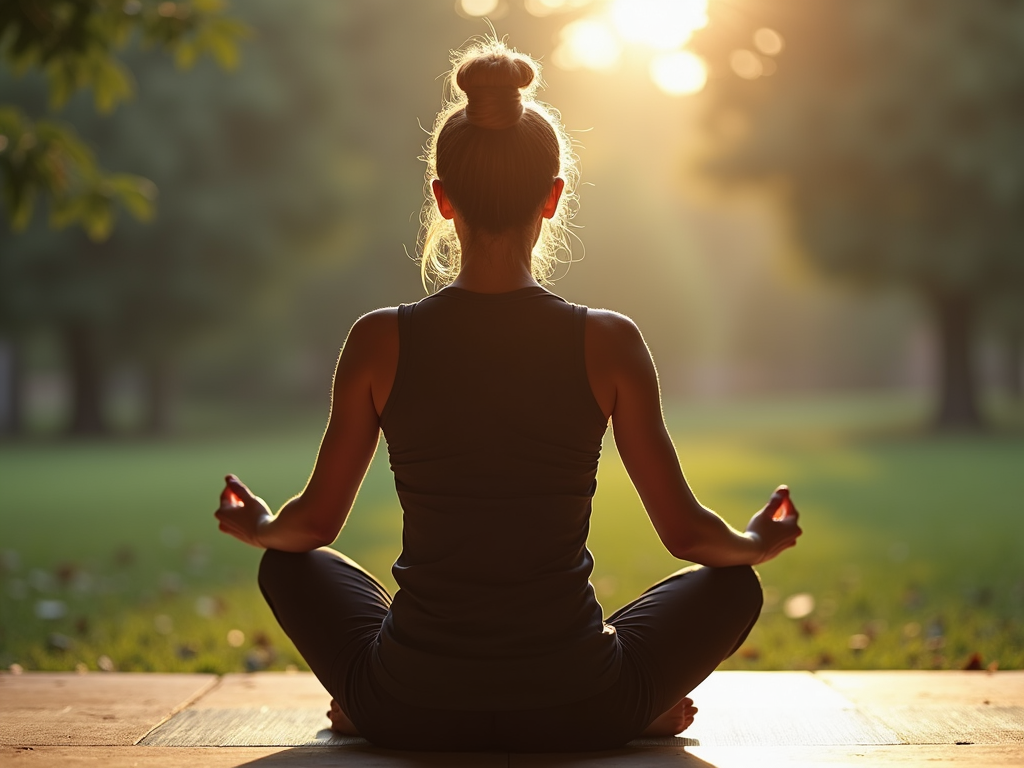Tai Chi, an ancient Chinese martial art, has evolved into a popular practice for health and wellness. Its history and philosophy are deeply rooted in Chinese culture, emphasizing balance, harmony, and the flow of energy. This article explores the rich history and philosophical underpinnings of Tai Chi, and how it can be integrated into family wellness plans to promote overall health and well-being.

The Origins of Tai Chi
Tai Chi, also known as Tai Chi Chuan, began in ancient China. Many believe it was created by Zhang Sanfeng, a Taoist monk from the 12th century. According to legend, Zhang watched a crane and a snake fight, noticing their smooth, flowing movements. This inspired him to develop Tai Chi as a martial art.
Over time, Tai Chi changed. It started as a way to defend oneself but grew into a practice for health and peace. Different Chinese dynasties and cultures shaped this shift. Now, people everywhere use Tai Chi to stay fit and calm. To learn more about its history, check out the National Center for Complementary and Integrative Health.

Philosophical Foundations
Tai Chi is more than just exercise—it’s built on deep ideas from Chinese philosophy, especially Taoism. Three key concepts guide it: Yin and Yang, the Five Elements, and Qi (energy).
- Yin and Yang: These are opposite forces that work together, like soft and strong. Tai Chi movements balance these energies.
- The Five Elements: Wood, Fire, Earth, Metal, and Water stand for different qualities. Tai Chi uses them to keep the body and mind in tune.
- Taoist Principles: Taoism teaches living naturally with the universe. Tai Chi follows this by encouraging slow, mindful moves.
These ideas turn Tai Chi into a practice that calms the mind and strengthens the body. Want to dig deeper into its Taoist roots? Visit this scholarly article on Taoism and martial arts.

Tai Chi and Health
Tai Chi offers many benefits for your body and mind, backed by science. It’s great for staying active without pushing too hard. It also helps you feel less stressed and more focused.
- Physical Benefits: Tai Chi boosts balance, flexibility, and strength. Research shows it can lower heart disease risk and help with arthritis pain.
- Mental Benefits: Its slow pace calms the mind, cuts anxiety, and improves sleep.
Anyone can do Tai Chi, from kids to grandparents. For a full list of benefits, see Harvard Medical School’s guide on Tai Chi. This makes it perfect for family wellness.

Integrating Tai Chi into Family Wellness Plans
Bringing Tai Chi into your family’s routine can improve everyone’s health and happiness. It’s a simple way to stay active and spend time together. Here’s why it works for families:
- Physical Health: Tai Chi is easy on the body and fits all ages.
- Mental Calm: Doing it together lowers stress and builds a peaceful home.
- Family Bonding: It’s a chance to connect and focus on each other.
Ready to try it? Here are some tips: 1. Start Easy: Learn basic moves that everyone can do. 2. Find Help: Look for local classes or online videos. 3. Keep it Fun: Practice outside or add music.
For more ideas, visit Tai Chi for Families. It’s a great way to boost family wellness.

Personal Insights and Experiences
People who practice Tai Chi often say it changes their lives. Sarah, a mom with two kids, told me, “We do Tai Chi every Saturday. It’s our time to relax and move together. Even the kids enjoy it, and we all feel less stressed.”
John, a grandfather, said, “Tai Chi helped my balance and energy. But the best part is the quiet it brings. I’ve taught my grandkids a few moves, and they love it too.”
These stories show how Tai Chi can bring families closer. It’s not just exercise—it’s a way to share health and peace.

To wrap up, the history and philosophy of Tai Chi make it a unique practice for health and balance. It started centuries ago in China and now helps people worldwide. Integrating Tai Chi into family wellness plans is a smart way to stay active, reduce stress, and grow closer as a family. Give it a try and see how it can work for you.
Discuss Here